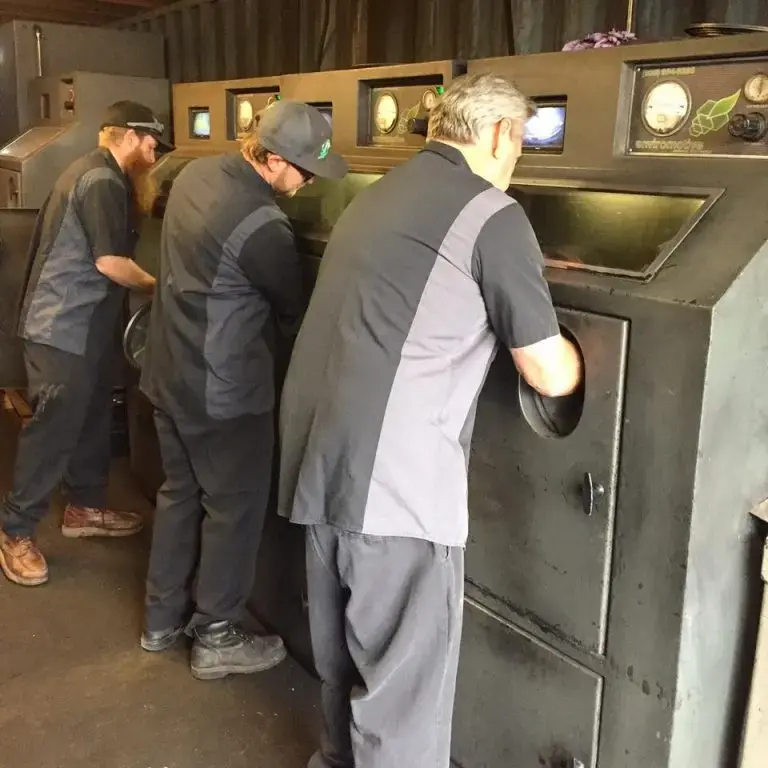DPF Cleaning Strategies: Understanding Ash and Soot Removal
- The Enviromotive Experts

- Feb 24
- 2 min read
Updated: Sep 3
Developing the right DPF cleaning strategies is essential for maintaining diesel engine performance and extending the lifespan of diesel particulate filters (DPFs). A key factor in determining the best cleaning approach is understanding the differences between ash and soot—two distinct materials that require completely different removal processes.
This article summarizes key insights from CTS Corporation’s report, Understanding the Differences Between Ash and Soot, explaining why regeneration alone is not enough to keep a DPF fully clean.
Why Regeneration Doesn’t Fully Clean a DPF
Soot and ash both accumulate in a DPF, but they require separate processes for removal.
Soot is a byproduct of diesel combustion and can be burned off during regeneration.
Ash is an incombustible residue left behind after soot burns off. It cannot be removed through regeneration and continues to build up in the filter.
According to CTS Corporation’s research:
After 33,000 miles, the amount of ash in a DPF may equal the amount of soot before regeneration.
After 150,000 miles, nearly 80% of the material trapped in the DPF is ash, not soot.
This buildup reduces filter efficiency, impacts engine performance, and requires comprehensive DPF cleaning strategies that go beyond regeneration.

How to Remove Ash for Proper DPF Cleaning
Because ash is not combustible, baking alone is not enough to clean a filter. A proper cleaning process must include:
Baking the DPF at high temperatures to loosen hardened soot and ash deposits.
Physically remove the ash using specialized cleaning equipment.
The EvacuBlast DPF Cleaning System is designed to maximize ash removal by directing cleaning efforts where they are needed most.
Why Manual Cleaning is More Effective
Every DPF has a unique flow pattern, and ash tends to collect in specific areas, particularly in what is known as the “Gumball” zone—a section of the filter where heavy soot and ash accumulation occurs.
Automated cleaning systems apply uniform air pressure, failing to focus on clogged areas.
Manual cleaning systems, like the EvacuBlast, allow technicians to target specific problem areas, leading to a more effective and thoroughly cleaned filter.
Comprehensive DPF Cleaning Strategies for Maximum Performance
A complete DPF cleaning strategy should include:
Regular maintenance to prevent excessive buildup.
Baking and air cleaning to remove both soot and ash.
Manual cleaning methods to target high-accumulation areas.
By following these strategies, DPFs can be restored to peak efficiency, helping reduce engine wear, improve fuel economy, and extend filter life.

Optimize Your DPF Cleaning Process with Enviromotive
Proper DPF cleaning strategies ensure:
Complete ash removal
Extended filter lifespan
Improved engine performance
At Enviromotive, we offer industry-leading DPF cleaning equipment, including the EvacuBlast and EvacuFlush systems, designed for superior ash removal.
📞 Call (800) 954-8265 for expert advice or explore our DPF cleaning solutions today.

